
Back to Blogs
Discover
Discover Inspirational Women of Bury St Edmunds
11 historical places where you can connect with the stories of some of the inspirational women of Bury St Edmunds and Beyond.
1. Norah Lofts - Northgate House
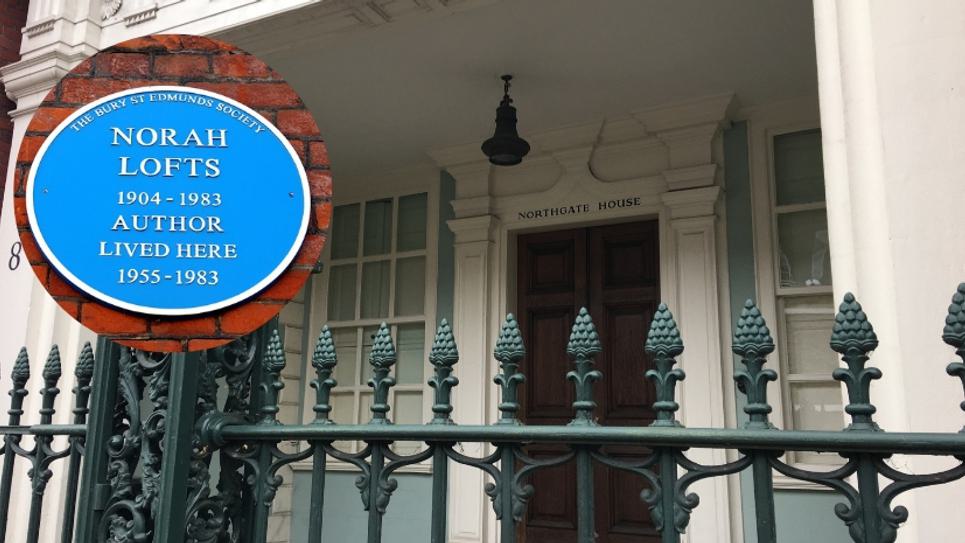
Norah Loft's home Northgate House in Northgate Street (photos by Andy Abbott)
Northgate House in Northgate Street is the former home of best-selling author Norah Lofts who lived in Bury St Edmunds from the age of 10 until her death in 1983.
It was here that Norah wrote more than 50 books, several of which were made into films. Often considered her finest work, the Suffolk Trilogy, published between 1959 and 1963, was described as “the most outstanding historical novel that I have ever read” by The Independent’s Alison Weir, who calls Lofts “one of the great writers of the twentieth century”.
These books tell the stories of a cast of characters connected with The House at Old Vine, a townhouse set in Baildon, a fictional version of Bury St Edmunds, from the late 14th century through to the 1950s.
2. Mary Tudor - St Mary’s Church
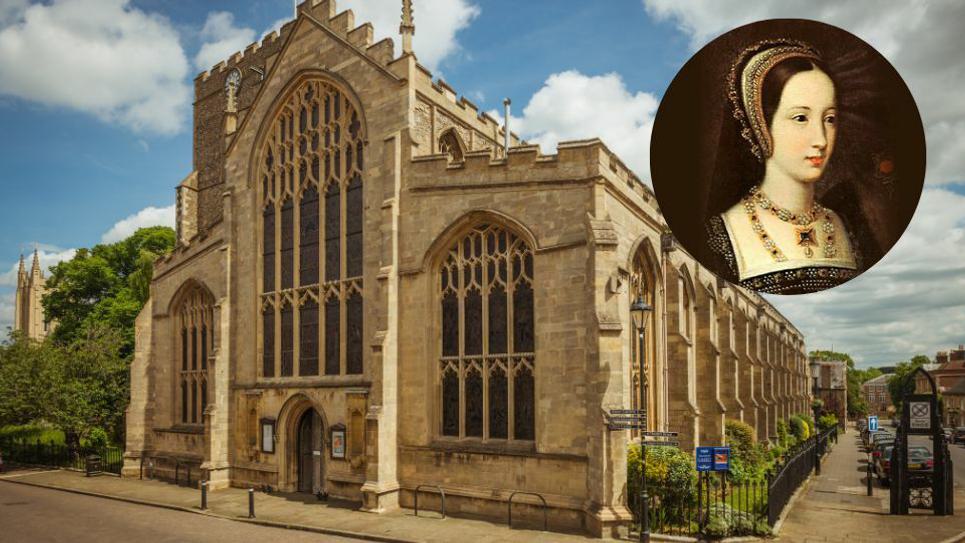
Photo of St Mary's Church by Tom Soper. Portrait of Mary Tudor attributed to Jan Gossaert [Public domain]
St Mary’s Church in Bury St Edmunds is the final resting place of Mary Tudor, Henry VIII's favourite sister who at 18 she was forced to marry King Louis XII of France, a man who at 52 was 34 years her senior as part of a peace treaty with France.
Mary was actually in love with her brother’s friend Charles Brandon, the Duke of Suffolk, but had no choice but to obey her brother. However, she made her brother promise that should she outlive him that she could choose her next husband.
When the King died Charles Brandon was sent to France to bring Mary home and there, in secret, the couple married in 1515 without the King’s consent - an act of treason. The King was furious and there were calls for Charles to be imprisoned or executed. It was only through the intervention of Thomas Wolsey and Henry’s love for his sister that the couple were eventually pardoned.
She was buried first at the Abbey of St Edmund in 1533 but when the abbey was dissolved her remains were moved five years later in 1538 to St Mary’s Church. You can visit her very modest final resting place today.
3. Mary Beale - Moyse's Hall Museum
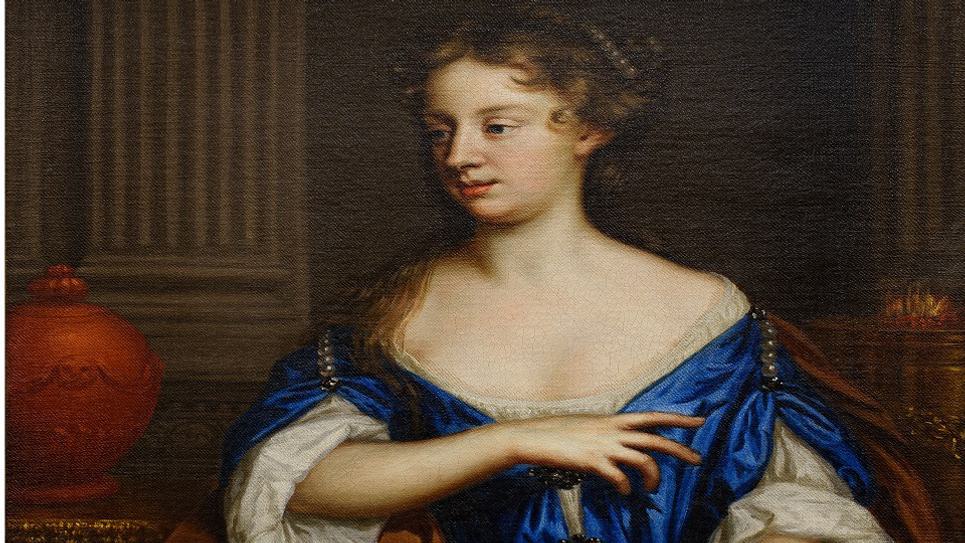
Renowned Portrait Artist Mary Beale was born near Bury St Edmunds and the town's Moyse's Hall Museum has one of the largest collections of her portraits in the world.
Mary Beale was one of the most successful portrait painters of the late 17th century.
Born in 1633 in Barrow, near Bury St Edmunds, to Dorothy and John Cradock, her father was a rector and an amateur painter, who may have taught Mary how to paint. In 1652, she married Charles Beale, a cloth merchant who was also an amateur painter. Much of the knowledge of how Mary worked comes from the 30 notebooks kept by Charles recording sitters, payments, and other information; which provide a fascinating insight into her world. Mary and Charles worked together as equals and as business partners, something not often seen during that period.
4. Eva Wollaston Greene - The Farmer’s Club
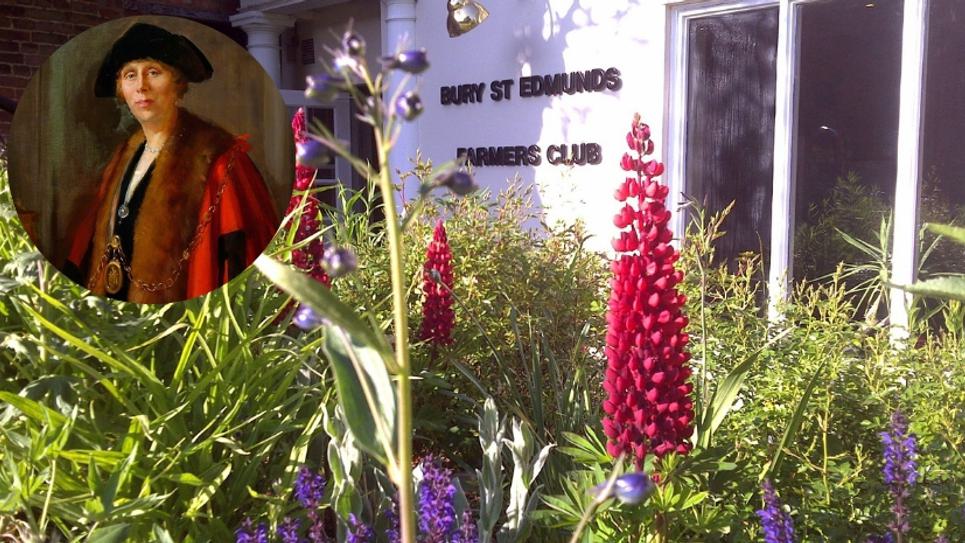
Eva Wollastan Greene (credit St Edmundsbury Museums)
Eva Wollaston Greene (nee Boughey) was the first woman to serve as a councillor, the first female Mayor of Bury St Edmunds and the town’s first female Magistrate.
Eva married John Wollaston Greene, founder of Greene and Greene solicitors (John’s Great-Great Uncle Benjamin was the founder of the Greene King Brewery), and they lived in what is now Bury St Edmunds and Farmers Club in Northgate Street. They had one daughter who died aged 4 in 1921 and in a lasting tribute her daughter’s bracelet was incorporated into a cross for St Edmundsbury Cathedral’s high altar.
She was the councillor for Eastgate Ward in November 1921 and Mayor of Bury St Edmunds twice. She was also a Justice of the Peace.
5. Marie Louise de la Ramee - Ouida Memorial
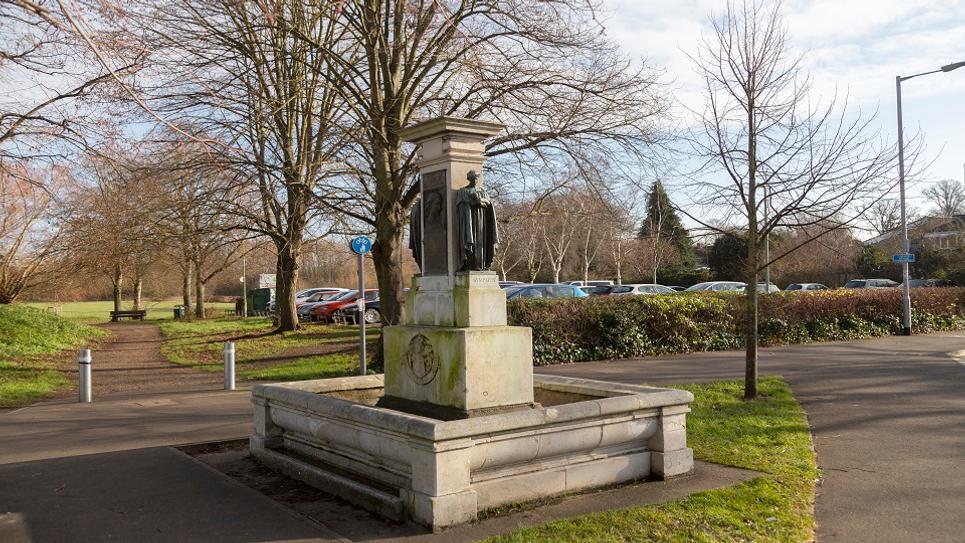
Photo: Phil Morley
Ouida was the pseudonym of Bury St Edmunds-born Marie Louise de la Ramee who was the highest paid female novelist of her day.
She wrote more than 40 novels, children's books and collections of short stories and essays. In her early period, her novels were considered "racy" and "swashbuckling", but later her work was more typical of historical romance, though she never stopped comment on contemporary society.
Her children’s book ‘The Dog Of Flanders’ is still in print in Japan and Korea where it has a cult following. Her adult books are the bodice rippers of the day. A memorial tribute to Ouida can be found on Vinery Road in Bury St Edmunds which was funded by readers of the Daily Mirror, friends and admirers. The two figures on the memorial pay testament to Ouida's character - a sword depicting courage and a lady holding a dog which represents her fondness for animals.
6. Rose Mead - 18 Crown Street
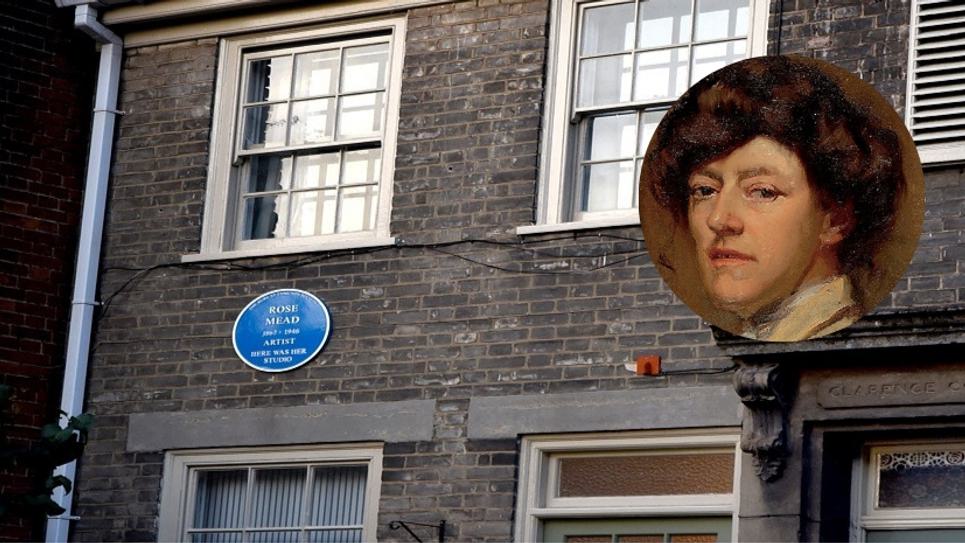
Rose Mead; Self Portrait c.1910 (St Edmundsbury Borough Council)
Rose Mead was a prolific artist who exhibited at the Royal Academy summer exhibition and the Paris Salon.
Born in Hatter Street, Bury St Edmunds, the youngest of 8 children 6 boys 2 girls, Rose left Bury aged 20 to study at Lincoln School of Art and then the Westminster School of Art. She earned her living painting local dignitaries at her studio 18 Crown Street, opposite the Dog and Partridge pub, where there is now a blue plaque commemorating her work.
Rose’s portraits are full of character. She liked to paint young girls, very often stopping them in the street. Whilst painting she counselled them not to get married, urging them to find fulfilment in a career. In the last few years of her life she lived at The St Edmunds Hotel next to The Angel Hotel. She sadly died after falling down the stairs at her studio.
7. Eleanor Wadsworth - Greene King Brewery
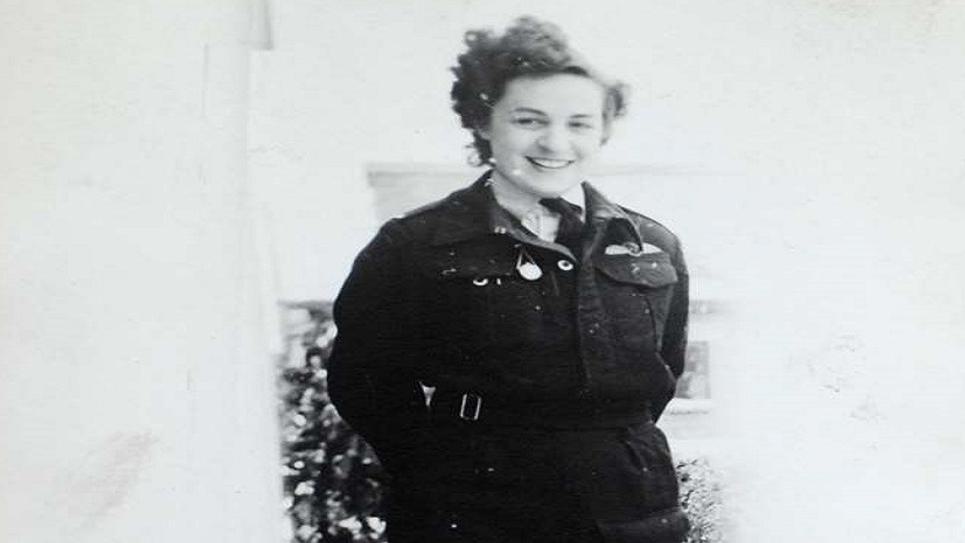
Eleanor Wadsworth (nee Fish) was Britain's last surviving WWII female pilot and flew hundreds of missions delivering war planes including 132 Spitfires which became her favourite plane. She flew 22 different types of aircraft, from Spitfires and Hurricanes to Tiger Moths.
An action-packed life far different from the one she started with as a girl from Nottingham, training to be architect. It was while working as an architectural assistant for the Air Transport Auxiliary, she answered the call for more untrained pilots - even though she'd never had a burning ambition to fly.
After the war Eleanor Fish became Eleanor Wadsworth and moved to Bury St Edmunds in 1956 where she worked at Mann Egerton and Greene King. She died in December 2020, just weeks after her 103rd birthday.
8. Sybil Andrews - Royal Bank of Scotland, 90 Guildhall Street
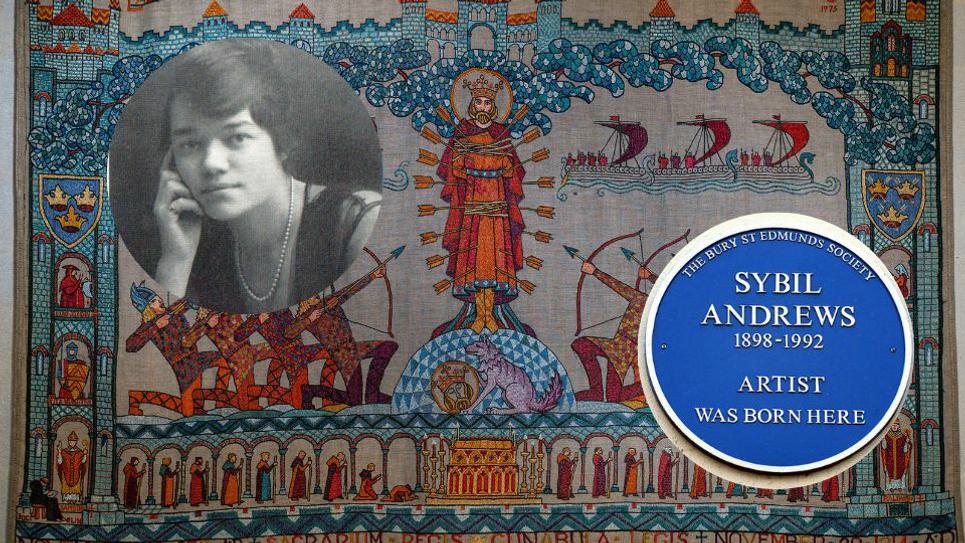
Artist Sybil Andrews was born in the flat above Andrews and Plumptons Ironmongers shop now the Royal Bank of Scotland in Guildhall Street. Her early homes were Greyfriars in Whiting Street and 117 Northgate Street.
Whilst in Bury St Edmunds she worked alongside notable artist Cyril Power in the Crescent House Studios on Angel Hill and he was to have a major influence on her artistic future.
In 1947 Sybil moved to Canada where she further established her importance as a great artist and her lino cuts are highly collectable.
Perhaps her greatest contribution to her birthplace is the wonderful banner to be found in St Edmundsbury Cathedral. It is silk on handwoven linen depicting the martyrdom of St Edmund. The Sybil Andrews Academy in Bury St Edmunds is named after the artist.
9. Ella Joyce Cockram MD - Angel Hill Surgery
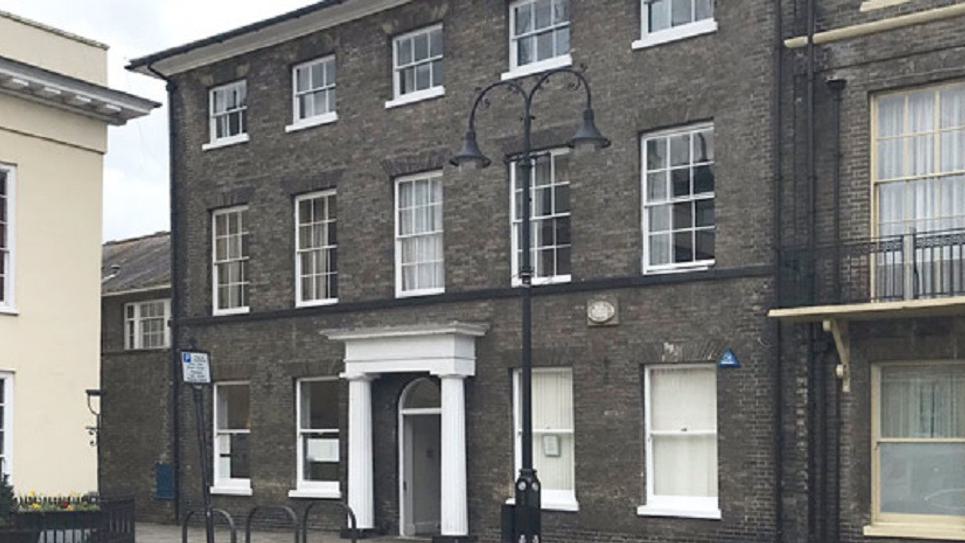
Ella Joyce Cockram MD was the first female doctor in Bury St Edmunds and set up the first blood bank in England here in the town.
Born in Bridgewater, Ella moved to Bury St Edmunds as a house physician and pathologist based at Angel Hill Surgery and remained until 1972.
During that time she was Chairman of the Hospital Management Committee, a Justice of the Peace, founder of Bury St Edmunds Diabetic Association, having set up a diabetes clinic in the town, a Lay cannon of St Edmundsbury Cathedral and President of Bury Bach Choir Society. There is a ward named after her at West Suffolk Hospital.
10 - Lady Theodora Ickworth House
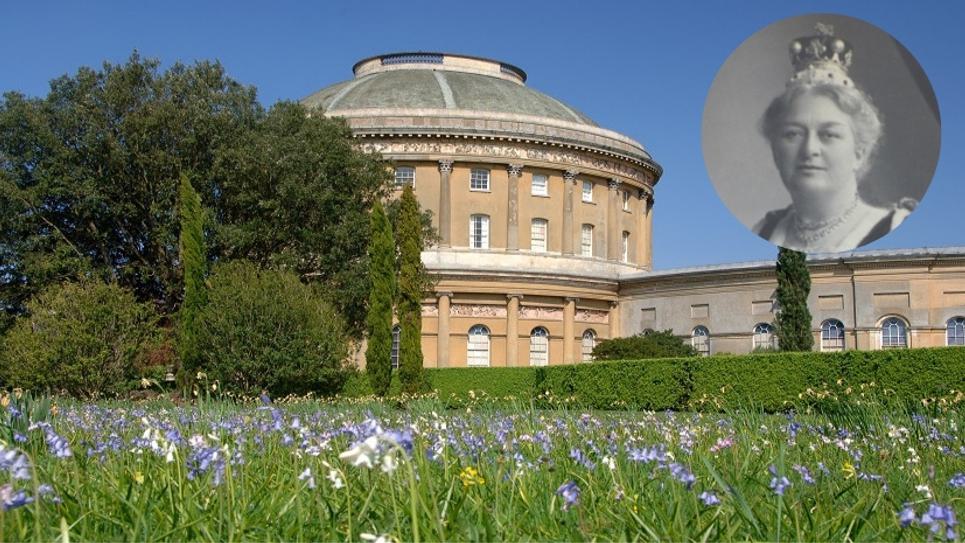
Photographs by kind permission of the National Trust
The legacy of Lady Theodora can be seen in Horringer, just outside Bury St Edmunds in the stunning Ickworth House which she gave to the National Trust in 1956 so that visitors today could discover its beauty.
Alice Frances Theodora Wythes, known as Theodora or ‘Dora’ to her family, was born in 1875 in London. Theodora was a member of the second generation of rich, entrepreneurial, middle class families; thanks to her paternal grandfather who was a self-made millionaire railway contractor. When he died in 1883, his personal estate passed to his grandchildren and Theodora became a wealthy woman!
Captain Frederick Hervey, a navy man, and Theodora were introduced in Winchester and supposedly fell in love over a plate of macaroons. Frederick was not the original heir to Ickworth, however his brother died, leaving him to inherit in 1893. Despite both families disapproving of the relationship, Frederick and Theodora married in 1896 followed swiftly by two daughters Phyllis and Marjorie.
The family moved into the East Wing following renovations which included seventeen new modern bedrooms for the servants. Extensive work was also carried out in the Rotunda to create an impressively lavish setting for entertainment. A thoroughly modern woman, Theodora also installed electricity, new heating systems and an up to date kitchen in the basement of the East Wing.
Theodora is remembered for her love of history of the Hervey family. She preserved and conserved the collection, tracking lost artefacts, restoring objects and compiling scrapbooks to record the details. Her last action was offering Ickworth and its estate to the National Trust in 1956 so they could continue her legacy of conserving Ickworth for future generations.
11. Elizabeth de Clare - Clare Priory and Ancient House Museum
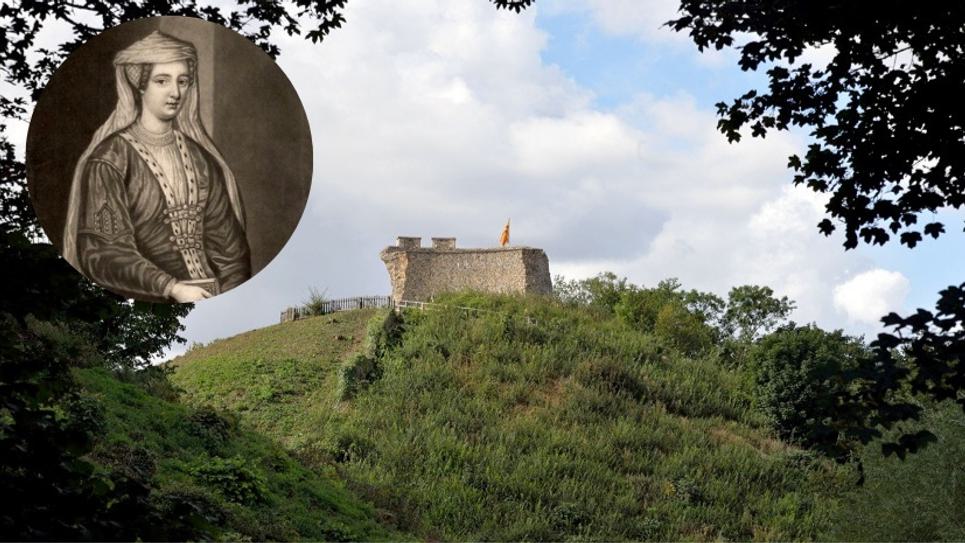
Elizabeth de Clare courtesy of John Faber Sr. after unknown artist [Public domain]. Photo of Clare Castle by Rebecca Austin
East Anglia’s wealthiest and most powerful woman of all time, Elizabeth de Clare, Lady of Clare, founded Clare College, the second oldest college in Cambridge, and assembled possibly the most massive collections of estate and domestic accounts to survive in our national archive.
Elizabeth, cousin of Edward II, was widowed three times by the age of 26, helped overthrow a king, and pledged to defend Suffolk against French invasion.
Her great wealth came mainly from Suffolk lands known as the ‘Honour of Clare’ that the king confirmed were hers in November 1317. It included Clare Castle and manor and Clare borough.
The Lady of Clare “appears to have been a woman of singular enlightenment in a dark age, the statutes she gave to the college illustrating the liberal views she entertained of the proper scope and value of education,” wrote historian J R Wardale in 1899.
Elizabeth's story can be found at Clare Ancient House Museum and you can see the remains of the 13th Century stone Clare castle today. Her mother, Joan of Acre, a daughter of King Edward I, is buried at Clare Priory.
Our grateful thanks to Catherine Buchanan for her help with research for this blog.
Did You Know?
Actress Jane Cain, the voice of Britain's first speaking clock, lived in Fornham St Martin near Bury St Edmunds? Jane died in 1996 but will forever be known as the girl with the golden voice who for 27 years was the woman millions telephoned if they wanted to be on time.
Mabel of Bury St Edmunds (13th-century) was an embroiderer in the Opus Anglicanum tradition. Her skill was such that she was one of the few artisans to appear by name in the royal records of Henry III: between the years 1239 and 1245 she appeared in the king’s writs no fewer than 24 times. It has been suggested that Mabel was the last majorly acknowledged woman embroider in England during the Middle Ages: after this time, records of embroidery generally stated the names of male merchants (regardless of who were the actual artisans in towns and villages).
Related Posts
Related Blogs

News
Bury Tour Guides to launch…
Bury St Edmunds Tour Guides to Introduce new tours in…

News
Town’s Museum Forms New…
Moyse’s Hall Museum will be forging links with a…

News
St Edmundsbury Cathedral…
St Edmundsbury Cathedral in Bury St Edmunds is…
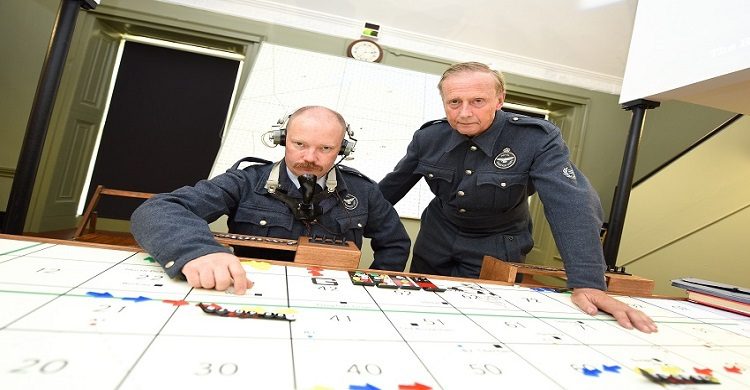
News
Bury St Edmunds & Beyond…
Step inside many of Bury St Edmunds historic buildings…

News
Bury's Best Pubs with a Past
some notable, historic and somewhat quirky pubs and…
Latest news

News
Parents Guide to Pre Christmas Entertainment
It's the school holidays and with Christmas just around the corner we've put toegther a guide on places to take the kids to keep them entertained until Santa visits!

News
Enjoy a Festive Afternoon Tea in 2025
Celebrate the Christmas season with a festive afternoon tea in Bury St Edmunds & Beyond...

News
Festive Winter Walks
Get outside and enjoy the fresh crisp winter air with one of these walks in Bury St Edmunds and Beyond!

News
Bury Tour Guides to launch new tours next year after successful 2025
Bury St Edmunds Tour Guides to Introduce new tours in 2026 and continue the successful Food and Drink Tours!

News
New in Bury St Edmunds For 2026
A sneak peak into new attractions visitors can enjoy in Bury St Edmunds in 2026.

News
Baby It's Cold Outside... Things To Do When the Weather Turns Frosty
Just because the temperature’s dropped doesn’t mean the fun has to! If you’re visiting town during the chillier months, there’s still plenty to see, do, and experience.

News
Places to sit by a roaring fire in Bury St Edmunds & Beyond
Warm up by a roaring fire this winter in Bury St Edmunds & Beyond...

News
Christmas Park and Walk 2025
Additional parking has been provided by West Suffolk Council in partnership with Greene King this Christmas.

News
Festive Theatre Guide 2025
There’s no better way to summon the magic of the festive season than a trip to the theatre.



